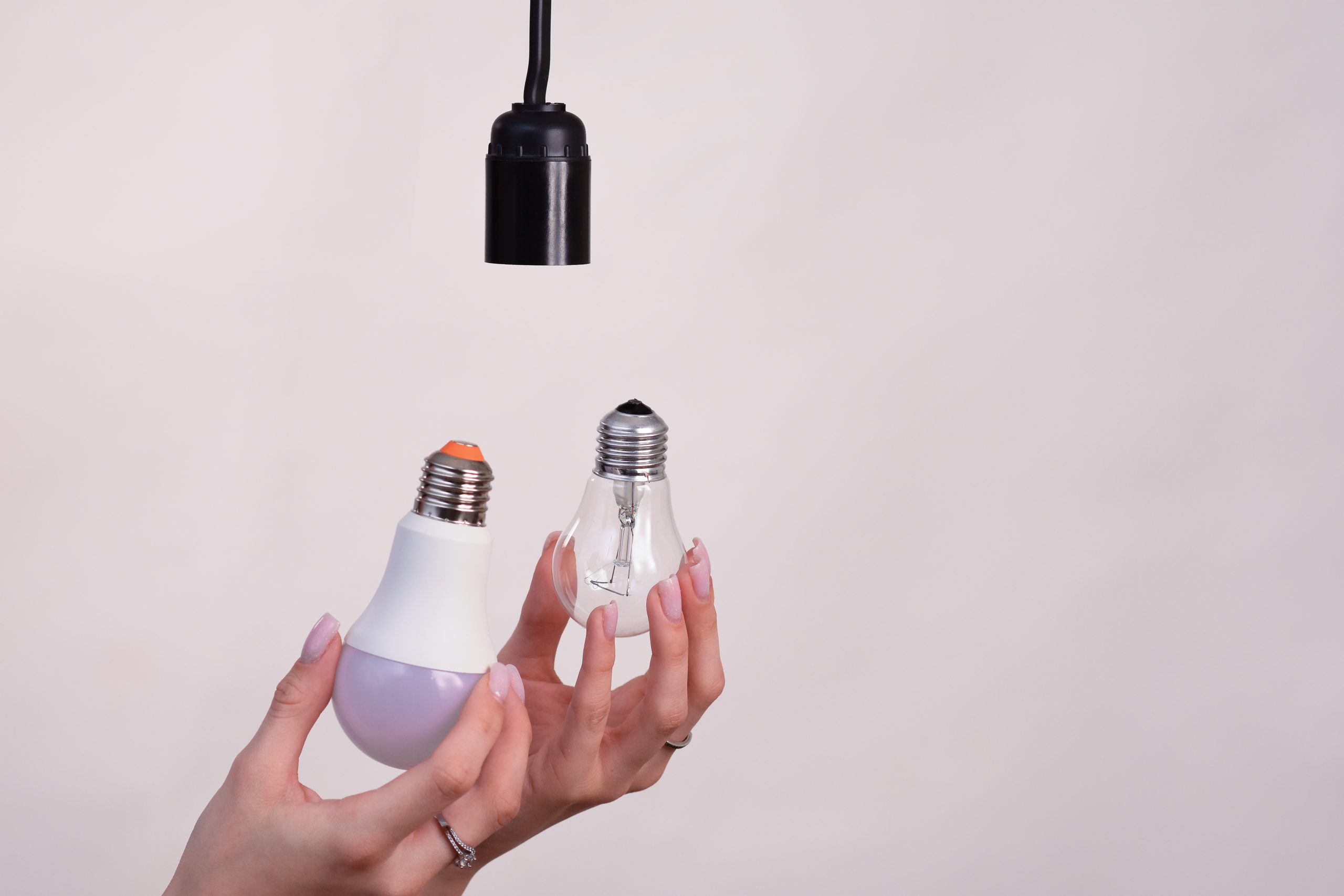Lighting plays a significant role in creating a comfortable, functional, and aesthetically pleasing living environment in any home. With advances in technology and the global push for energy efficiency, homeowners in Glenfield Park and Wagga Wagga have a plethora of options to optimise their home lighting while conserving energy and reducing costs. In 2024, selecting the right energy-efficient lighting solutions not only contributes to a greener planet but also results in long-term savings for homeowners.
Energy-efficient lighting can provide substantial benefits for Glenfield Park and Wagga Wagga homeowners, including reduced energy consumption, lower electricity bills, longer-lasting bulbs, and a smaller environmental footprint. By embracing the right energy-saving strategies and incorporating advanced technologies in our homes, we can enjoy well-lit spaces that are both eco-friendly and cost-effective.
In this blog, we share our top four expert tips to help you choose the best energy-efficient lighting solutions for your Glenfield Park or Wagga Wagga home. These valuable insights will cover different lighting types, fixtures, and controls, as well as advice on designing your home’s lighting layout to maximise both function and efficiency. Whether you are a new homeowner, planning a renovation, or simply looking to update your existing lighting system, this listicle will serve as a comprehensive guide for making well-informed choices tailored to your energy-saving goals and lighting preferences.
Our team of experienced local electricians is dedicated to providing reliable advice and services to meet the evolving needs of Glenfield Park and Wagga Wagga homeowners. With a focus on energy efficiency and sustainability, we remain committed to empowering our clients with knowledge and expertise to improve their homes’ energy performance while creating inviting spaces to live, work, and play. Let’s dive into our top tips for choosing energy-efficient lighting that illuminates your home without breaking the bank or harming the environment.
Select the Right Bulbs for Energy Efficiency
One of the most critical aspects of energy-efficient lighting is choosing the appropriate bulbs for your home. There are several energy-saving bulb options available on the market:
a. LED Bulbs
LED (Light Emitting Diode) bulbs are the most energy-efficient, using up to 90% less energy than traditional incandescent bulbs and lasting up to 25 times longer. They are also versatile and compatible with various fixtures and lighting needs.
b. CFL Bulbs
Compact Fluorescent Lamps (CFLs) consume about 70% less energy than incandescent bulbs and last up to 10 times longer. However, they contain a small amount of mercury and require proper disposal.
c. Halogen Bulbs
While halogen bulbs are more energy-efficient than incandescent bulbs, they are less efficient than LED and CFL options. Halogen bulbs are suitable for specific lighting needs, such as accent and task lighting.
Choose Efficient Fixtures and Accessories
Selecting energy-efficient fixtures and accessories can enhance the overall performance of your lighting system.
a. Energy Star Fixtures
Choose Energy Star-certified fixtures designed to work with energy-saving bulbs and incorporate advanced features such as dimming and motion sensors.
b. Smart Lighting Controls
Installing smart lighting controls, such as timers, dimmers, and occupancy sensors, can help optimise your home’s lighting usage and reduce energy consumption.
c. Task Lighting
Use task lighting for specific activities, such as reading or cooking, to minimise the need for general overhead lighting and save energy.
Optimise Your Home’s Lighting Layout
A well-planned lighting layout can significantly improve energy efficiency and provide optimal illumination for your living spaces.
a. Layered Lighting
Incorporate a mix of ambient, task, and accent lighting in each room to create a balanced and functional lighting scheme that reduces the need for high-wattage bulbs.
2. Natural Light
Maximise the use of natural light by strategically placing mirrors and using light-coloured wall paint to reflect and distribute sunlight throughout your home.
3. Room-Specific Strategies
Evaluate each room’s unique lighting needs, considering factors such as room size, function, and existing fixtures, to create a tailored lighting plan that maximises energy efficiency.
Review and Upgrade Your Home’s Electrical System
Periodically assessing your home’s electrical system can help identify potential issues or areas where energy efficiency can be improved.
a. Electrical Safety Inspections
Schedule regular electrical safety inspections with a licensed electrician to ensure that your home’s wiring, circuits, and switches are functioning optimally and efficiently.
b. Switchboard Upgrades
If your home has an outdated switchboard, consider upgrading to a modern, energy-efficient switchboard that facilitates smooth power distribution and minimises energy wastage.
c. Powerpoint Installations
Install additional powerpoints in areas where you frequently use portable lighting or electronics, so you can avoid using extension cords that may increase energy consumption.
Conclusion
Selecting energy-efficient lighting solutions is an effective way to minimise energy consumption, reduce costs, and contribute to a greener planet. By considering the right energy-saving bulbs, fixtures, and smart controls, optimising your home’s lighting layout, and ensuring the proper functioning of your electrical system, you can create beautiful, illuminated spaces in your Glenfield Park or Wagga Wagga home that are both eco-friendly and cost-effective.
If you need professional guidance or assistance in implementing energy-efficient lighting in your home, our team of licensed electricians at Riley Smith Electrical is ready to help. Reach out to us for expert advice and high-quality lighting installation services tailored to your energy-saving goals and lighting preferences in Glenfield Park and Wagga Wagga.

